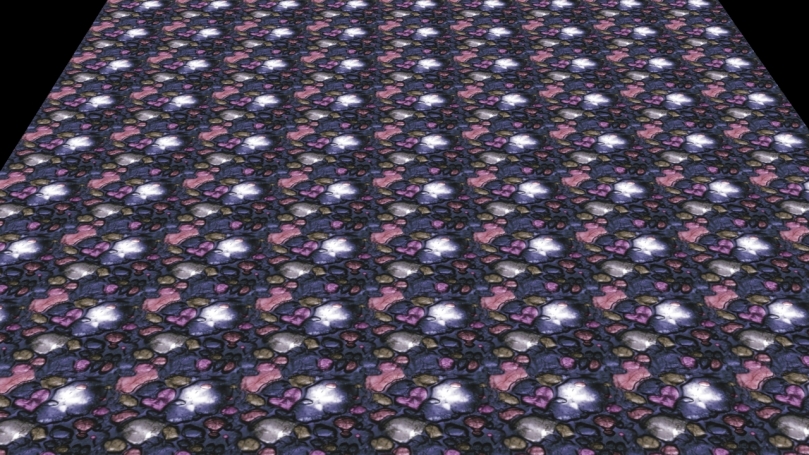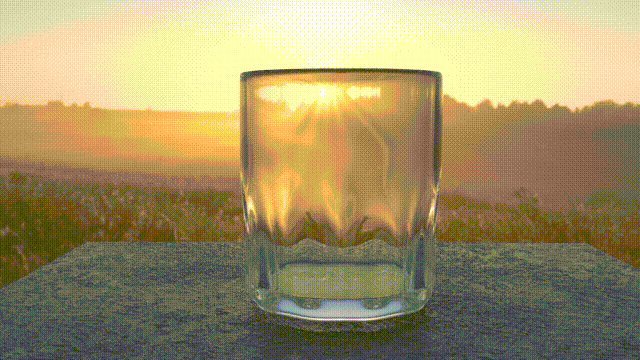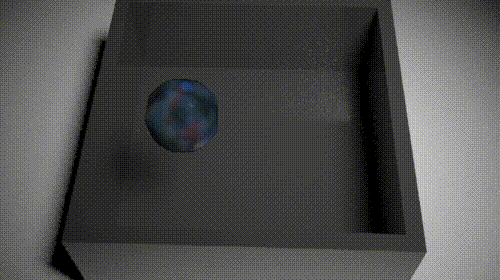Way back I studied meteorology for a few courses, and ever since then I’ve wanted to do something meteorology-related. For a start I wanted to just download some data and get it to show up. I was hoping I could recreate data snapshots from different points in time by just advecting data from a previous timestep. Data here is with 3h intervals. That doesn’t seem to work too well, I suppose there are too many confounding factors (surface geometry, sun’s energy, vertical advection etc). Or, *gasp*, I’m doing something wrong 🙂
Getting good data is a bit of an effort – lots of trawling through archaic-feeling websites..

Fun start anyway, I will probably revisit this some other day. This could be taken a lot further..
.hip
data volume snapshots (37M)


















